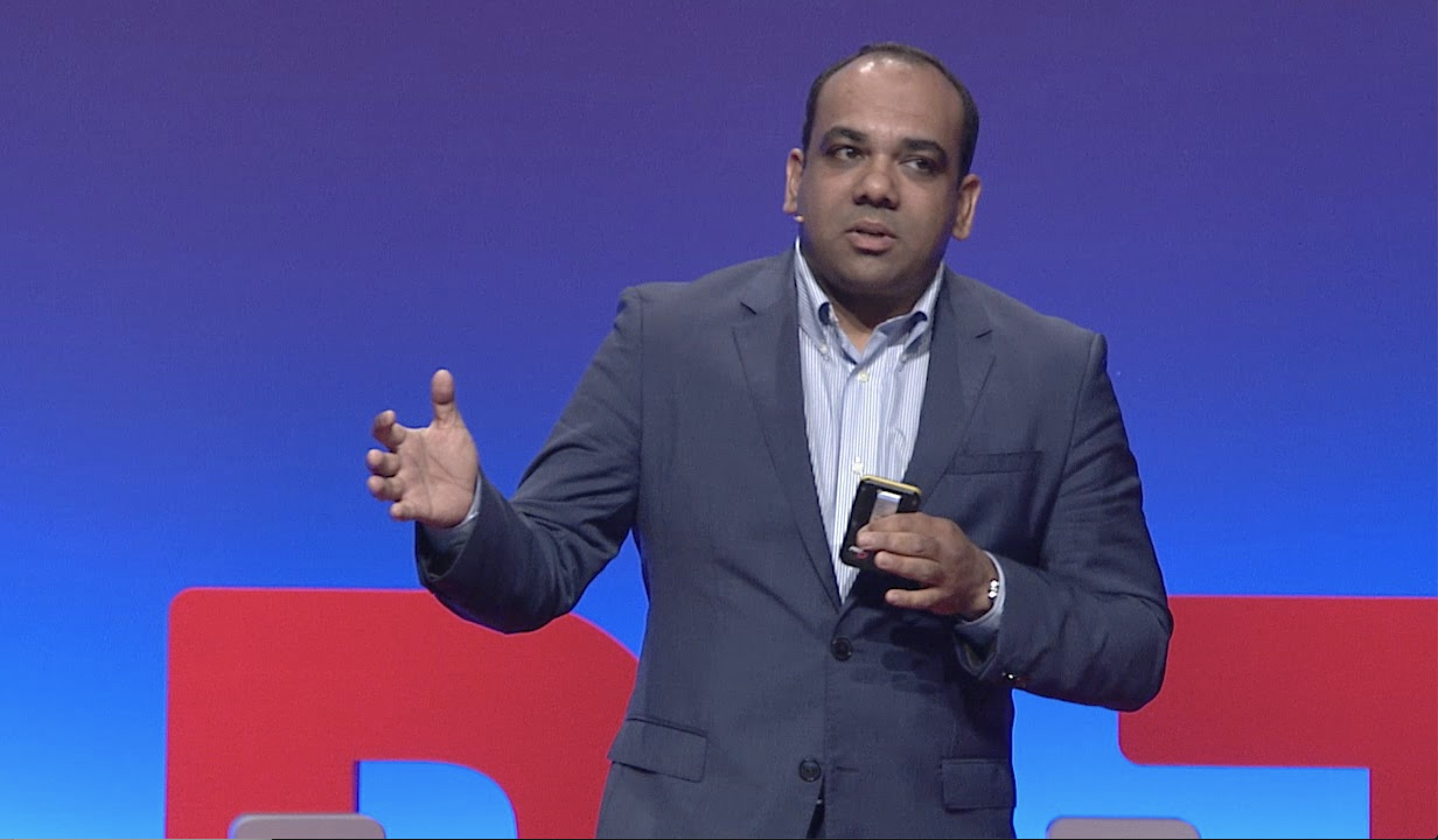Blockchain technology can help to take data applications across industries up to the next level. However, it's still in its early stages of development. It still lacks standardization, interoperability and momentum.
Despite the many benefits blockchain can contribute to several industries, the technology is still in its early stages. It still lacks standardization, interoperability and momentum. The Trusted
IoT Alliance (TIoTA), an organization founded to leverage blockchain infrastructure to secure and scale internet of things (IoT) ecosystems, has been working with the World
Economic Forum on best practice frameworks for blockchain. Their goal is to carefully consider any unintended consequences, to ensure all players remain able to realize the full potential of this foundational technology, and to minimize the risks.
The alliance, therefore, has developed the Distributed Ledger Reference Architecture, a development framework which combines blockchain technology and the internet of things (IoT) cloud, guiding developers implementing the new technology in the IoT field. The Trusted IoT Alliance has further added the architecture into its TIoTA Challenges program, which gathers innovators and enterprises around the world to design and implement ingenious blockchain solutions and tackle real-world challenges.
"As part of the Challenges, contestants have been required to map their use cases to the TIoTA Reference Architecture, which has led to some unexpected designs and creative implementations of blockchain," said Anoop Nannra, Global Head of Blockchain/DLT Business at Cisco Systems and Chairman of the Trusted IoT Alliance. Cisco Systems is one of the co-founders of the Trusted IoT Alliance.
 Anoop Nannra,
Anoop Nannra,
Global Head of Blockchain/DLT Business,
Cisco Systems and Chairman, The
Trusted IoT Alliance
"We firmly believe that the way we overcome the obstacles in blockchain will be by bringing the players together in this way, including startups and established players, and then collaborating to produce viable use cases for real-world problems — subsequently leading to market traction.”
Blockchain in autonomous cars
With distributed ledger technologies, blockchain applications related to IoT could bring some advantages. Bosch and Siemens, both members of the Trusted IoT Alliance, have collaborated on an
autonomous car. The car becomes an intelligent robot that can take people anywhere they want. It requires the vehicle to be able to achieve tasks by itself without any human interaction seamlessly.
They started by enabling a car to self-authenticate itself at a
parking facility with a barrier and to be billed with minute-by-minute precision. The passenger sitting in the car does not need to grab a ticket at the entrance nor pay through a vending machine. The car is able to finish all of these tasks independently and seamlessly. "Use-cases like this are real, they work, and they are providing validation for blockchain," said Nannra.
Other examples of blockchain used in IoT include to create secure and transferable digital identities, smart contract building blocks for IoT products,IoT product identity and provenance, secure and transferable digital identities, immutable attestation of sensor data andevent logs, and payment-enabled devices and machines. All of them require high levels of security.
"Blockchain can transform the way we identify compromised servers, computers or applications. With blockchain, hundreds or thousands of observers can capture serialized packet events to create a consensus of the network's traffic. Activity is verified by a majority of the participants before being added to the permanent,
encrypted record. In that way, the observers can confirm the data for the network engineer and the network itself would become baseline for status of files, for example," said Nannra.
"Because of the signed serialization, data can be ordered and reassembled accurately every time from completely random data sources. That makes the network analysis more effective and gives network engineers a higher degree of confidence in that analysis.”
Nannra, however, also brought up his concern regarding the current status quo of blockchain technology. "Blockchain is still emerging — it's a relatively new technology. So, it's too soon for decision makers to have the best practices for designing sound blockchains for use-cases such as supply chains for example — much less to adopt blockchain for data security," said Nannra.